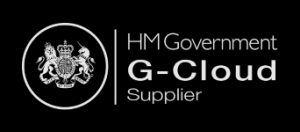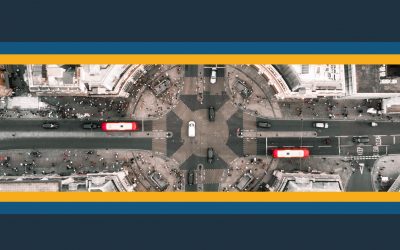In 2 minutes this aitem® will teach you about Productising your legacy software
Plenty of tech companies face the same dilemma; how to ‘productise’ their legacy software solution so they can scale it through Cloud-based technology. The aim is to give any future investor or acquirer confidence that the business is on its way to becoming an asset-light proposition, so demonstrating your move to Cloud is progressing in the right direction is critical.
While the easy answer may be to start again, that’s rarely an option. No right-minded CTO would recommend a greenfield rewrite and doing so often just perpetuates a cycle that never solves the core issue.
If you’re piecing together DIY systems architecture to support the bespoke requirements of multiple legacy software solution clients, then you’ll probably be facing two types of debt:
- Technical debt – while the solutions are painful, a well-executed Cloud migration programme should (in theory) get you to a better place in a reasonable timescale.
- Technical debt – while the solutions are painful, a well-executed Cloud migration programme should (in theory) get you to a better place in a reasonable timescale.
Saying YES to every client adds to the Technical debt and ongoing maintenance pain, so you must learn to just say NO and define a better product roadmap. The rewards of reduced maintenance and customer acquisition costs are reason enough.
Enablers to success:
- Stop promoting heavy customisation of your off-the-shelf products.
- Be prepared to turn down business and take a hit on short-term revenue.
- Focus on establishing a product-led strategy and plan for your Cloud migration.
- Take the time, budget and/or skills to re-platform your application as a robust SaaS version that can support old and new customers alike.
- Promote your new strategically targeted ‘NO’ culture to colleagues and customers.
Sharpen control:
According to Pareto’s 80/20 principle, all clients will be happy with 80% of your product; for most that 80% is 100% of what they really need. For those who still want the other 20% tweaked as a magic bullet for their legacy process pain, there’s a positive spin to be put here. By persuading clients to adapt to your more efficient software, you are actually helping them become fitter for the future. Product companies do have options, all of which however require some tough business decisions:
- Opt for out-of-the-box full-blown SaaS and accept that customers who want personalised products will leave, or;
- Create the full SaaS variant for new customers only but keep an end of life legacy version alive. Customers have a choice to move to your new SaaS variant or stay on the legacy version with the understanding they won’t get any feature updates, or;
- Use the last option but timebox the legacy product (e.g. 12 months). Some customers will upgrade to your new SaaS version when the year is up, and the ones who want the legacy/bespoke product will leave, or;
- Do nothing – ill-advised as you’ll get left behind eventually!







Recent Comments